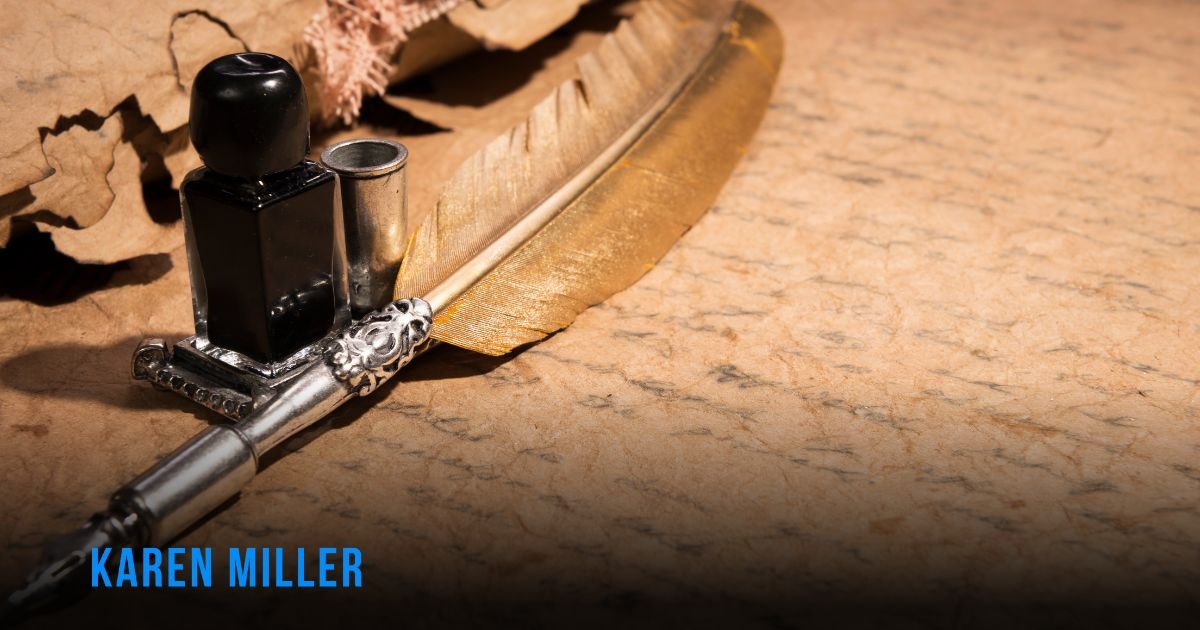Manuscript Presentation
- 19 Jul 2008 03:19
- 1801

The most important thing to remember when you’re getting a manuscript ready for submission to an agent or editor is the Keep it Simple, Stupid principle.
Editors and agents spend many, many hours reading. The last thing they want to be looking at is a manuscript that’s tricked out like an explosion in a font factory. Or a manuscript that’s travelled to them via a rainbow, and contains multi-hued pages. Or one that’s collected some interesting add-on bits and pieces. Trust me when I say that while these tactics might indeed attract attention – which is why some writers do it -- they do so for all the wrong reasons.
If you want to be treated like a professional you have to present like one, and that means playing it neat, clean, quiet and low-key.
In a moment I’ll explain how I present my completed manuscripts to my publisher. Before I do, though, it’s worthwhile noting that some publishing houses and agents have very specific guidelines for manuscript presentation, which are often posted on their website. When you’ve identified where you’re sending your work, check the relevant websites to see if they have manuscript presentation requirements and then FOLLOW THEM TO THE LETTER. It staggers me, the number of people who profess themselves familiar with the guidelines and then don’t follow them – presumably because they feel that rules don’t apply to them.
Trust me, this is not the way to make a favourable impression.
So, here is how I set up a manuscript:
A4 standard paper, plain white, set with the default margins.
My line spacing is 1.5.
My font is either Courier or Courier New, in 12 point.
I automatically indent my first paragraph to 0.5 cm.
I number on the top right hand side of the page, from 1- whatever, beginning to end – in other words, I don’t start over with a new #1 at the beginning of each chapter.
I include a header, which looks like: Miller/Empress- Godspeaker book 1.
And that’s it. Nothing fancy, nothing clever. Neat, plain, legible.
Like a lot of people, I now submit my work electronically, and the publisher prints it out for distribution to the copy editor. But when you’re starting, not every editor/agent will accept an e-submission. If you are submitting hard copy, make certain you’re using the best printer you can get your hands on. If you can’t use a laser printer, use a high-quality ink printer and don’t ever let the text get faded. Remember, your top priority is to make the reading experience pleasant, not a chore, for people whose eyes get very tired.
And that’s it. No big secrets, nothing fancy, nothing spectacular.
Remember, a writer needs to focus on what actually sells a manuscript: the quality of the writing. No amount of fancy, tricky presentation will hide a poorly written book. And attempting to add on all the bells and whistles only marks you as an amateur, and won't encourage the editor or agent to read your work.
